What exactly is “truckness”? It’s a hard-to-describe quality, but you can tell when a vehicle has it or not. A Ford F-150 of essentially any era? Truckness in spades. An El Camino? Very limited truckness, but that was highly intentional for an era when owning “a truck” was considered a bit declassee and not something cool and hip like it is now.
Indeed, today if you build a pickup truck with limited truckness then you’re likely going to struggle to sell it. The Hyundai Santa Fe, for example, will never be more than a niche player. Honda too has been in that position for a long time with their Ridgeline. As a unibody pickup that’s all the rage now it should be moving out of dealers like nobody’s business, but it doesn’t. Can we make add more “truckness” to give this excellent product more of the consideration that it deserves?
No, I Wanted A Real Pickup
I’m not sure why I tend to write about the Ford Maverick seemingly every five minutes, but it’s certainly a vehicle that every car maker needs to pay attention to. In this world of poor EV and sedan sales combined with a saturated market of seemingly identical crossovers, any standout that outperforms expectations has to be a target for all other brands.

The Maverick is certainly a good design and a great value, but why has it succeeded in the market? I’d venture to guess that it’s this little Ford has ample amount of “truckness”. Today, the stigma of driving a tradesman’s vehicle is long gone; anyone and everyone seems to want the abilities and, more importantly, the I-build-stuff-or-do-outdoorsy-things image of a full-sized Ford or Chevy pickup as a substitute for their old family sedan. It’s no surprise that these vehicles are still far and away some of the top sellers of anything with four wheels in America.
However, what if you realized something like that is too damn big for the garage, or you simply can’t afford the $50,000 plus often needed to acquire a reasonably equipped example? Enter the Maverick; an F-150 that went into the dryer and someone forgot to turn the heat level down from “high”.

However, before the Maverick’s 2022 debut, the words “unibody four door pickup” would make most people imagine one vehicle: the Honda Ridgeline. This ambitious project was based on the idea that buyers wanted to move from sedans, SUVs and minivans to a soft of “halfway house” pickup that was quite car-like and didn’t care that it was incapable of carrying insane payloads or had multi-ton towing capabilities of a typical truck.
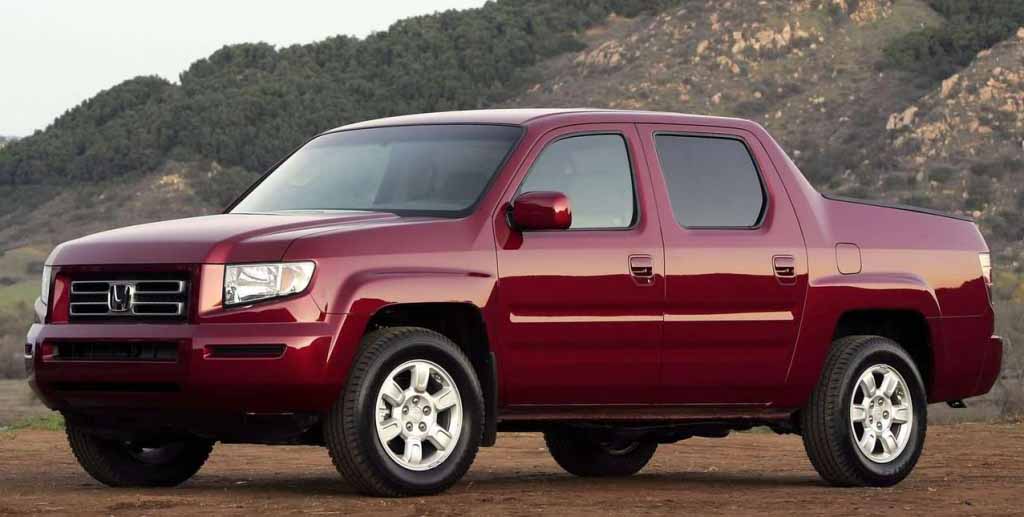
The test mule for the Ridgeline was an MDX with a competitor’s bed placed on back, and the production truck featured a V6 similar to that Acura. Despite this, the Ridgeline was not just an MDX or Odyssey minivan “El Camino”. When it debuted for the 2005 model year, the first-generation Ridgeline had a unique, beefed-up structure that reportedly only shared 7 percent of its components with other Honda products.

Sadly, Honda seemed to forget one thing about what was important to sell a product: image. The Ridgeline didn’t have traditional “truckness” and, contrary to what they thought, people moving into a truck actually wanted that part of the experience. The front end of the Ridgeline resembled the somewhat controversial Element, and the massive sail panels behind the cab further distanced the look from what people expected a pickup truck to be.

Sales for the first year were a rather healthy 60,679, dropping to around 55,000 by 2007. However, like the AMC Pacer, it seems like everyone that wanted one by then had gotten one and the bottom fell out. By 2008, Honda moved less than half of that number, with sales below 20,000 until Honda finally pulled the plug in 2014.
After a hiatus, Honda came back for 2017 with the second-generation Ridgeline; this time it was heavily based on Honda’s current Pilot and shared around 73 percent of its components (but was still stronger and sturdier than the earlier model).
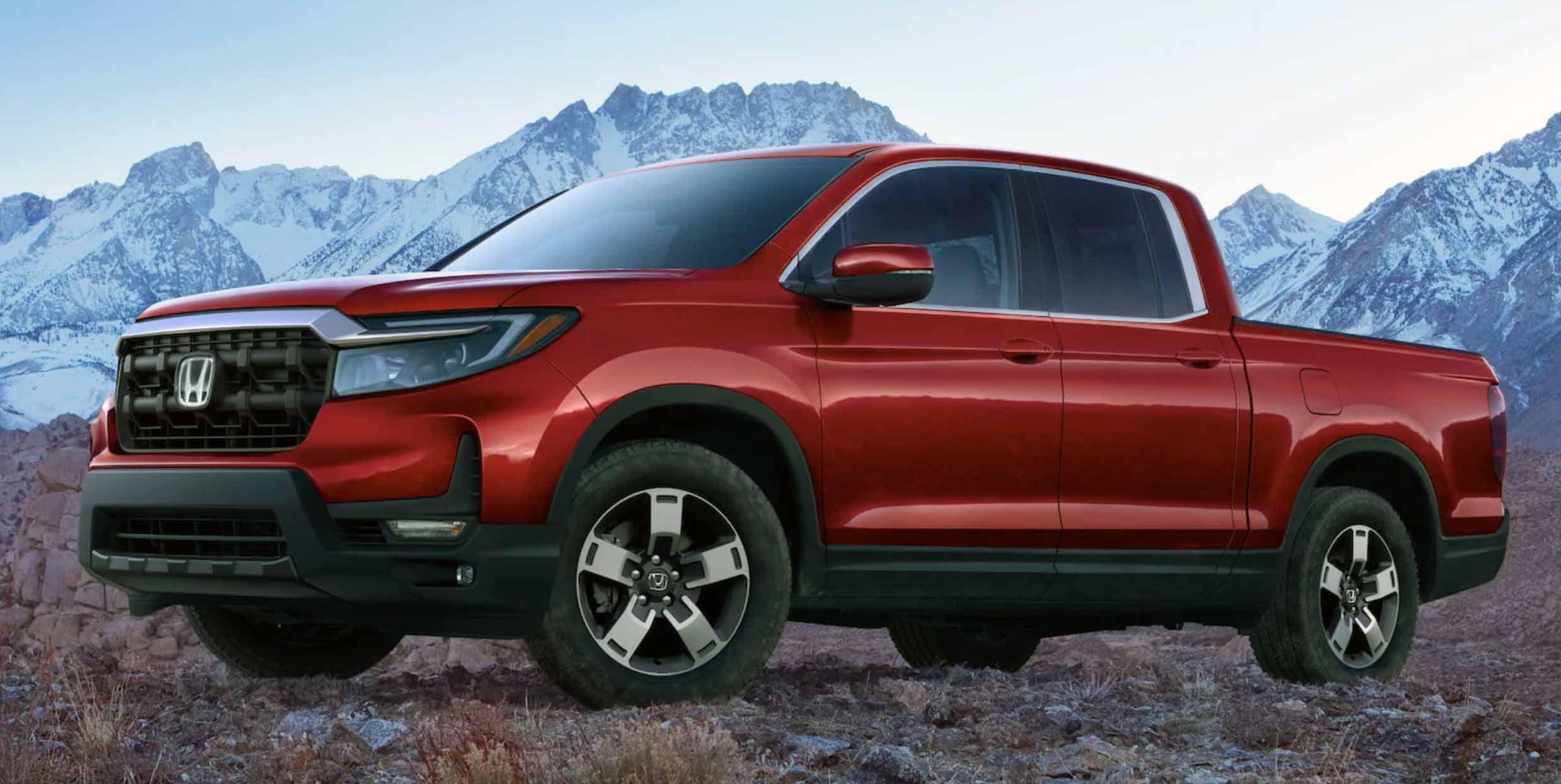
As with the first-generation version, the Ridgeline offered a two-way tailgate like on an old American station wagon, and the big party trick was the weather-sealed trunk under the back section of the bed.
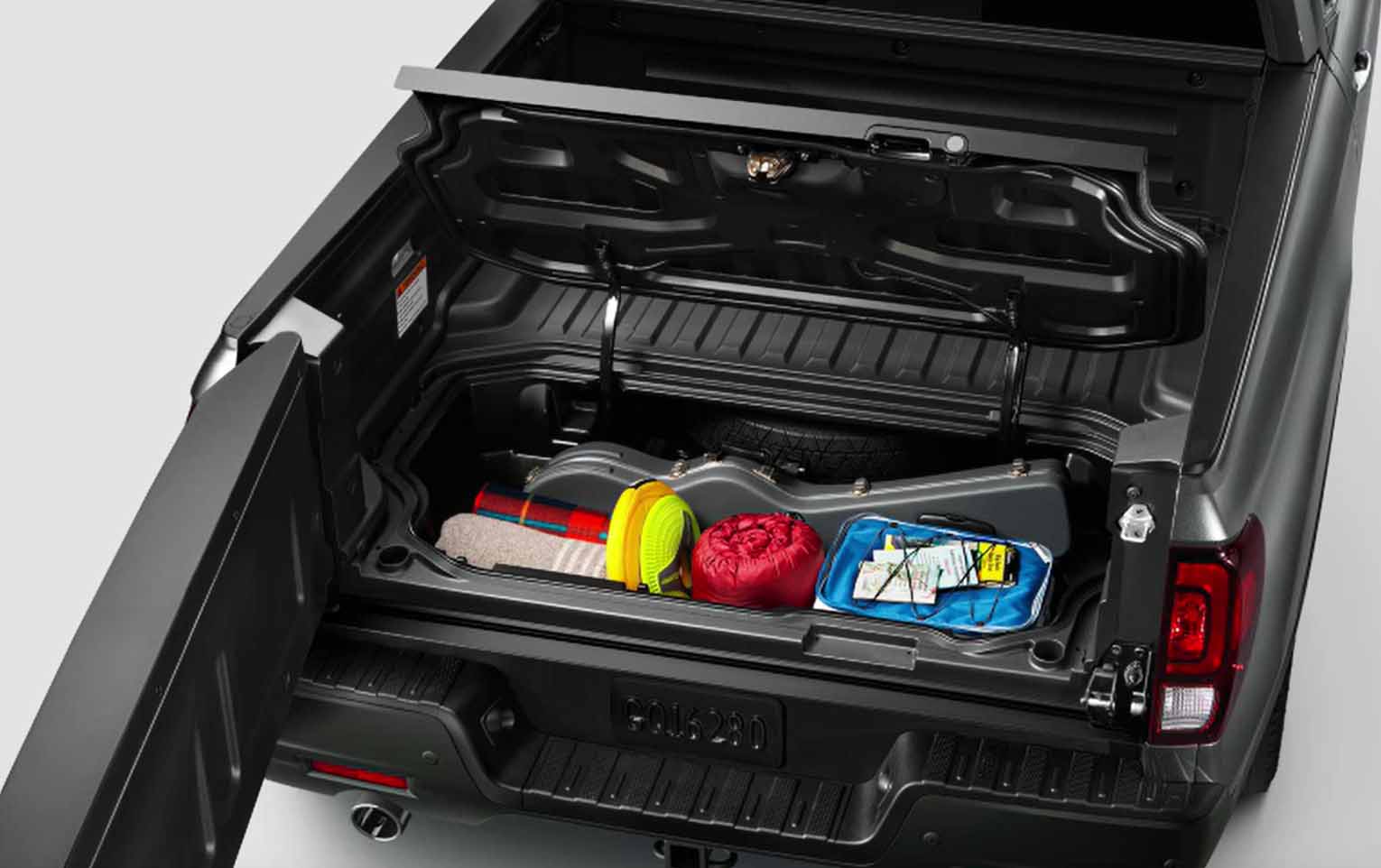
This Ridgeline did have more “truckness,” at least sort of. The profile was more of a traditional “three box” form without funky sail panels or a rather bizarre face. Unfortunately, the crossover-like angled-back nose and detailing made it look a bit too much like a CRV-Camino. Sales grew to a peak in 2023 with 52,001 leaving dealers, but since then, the numbers have once again declined. Who’s eating Honda’s lunch? Ford, that’s who, with sales nearly triple the Ridgeline’s numbers last year.
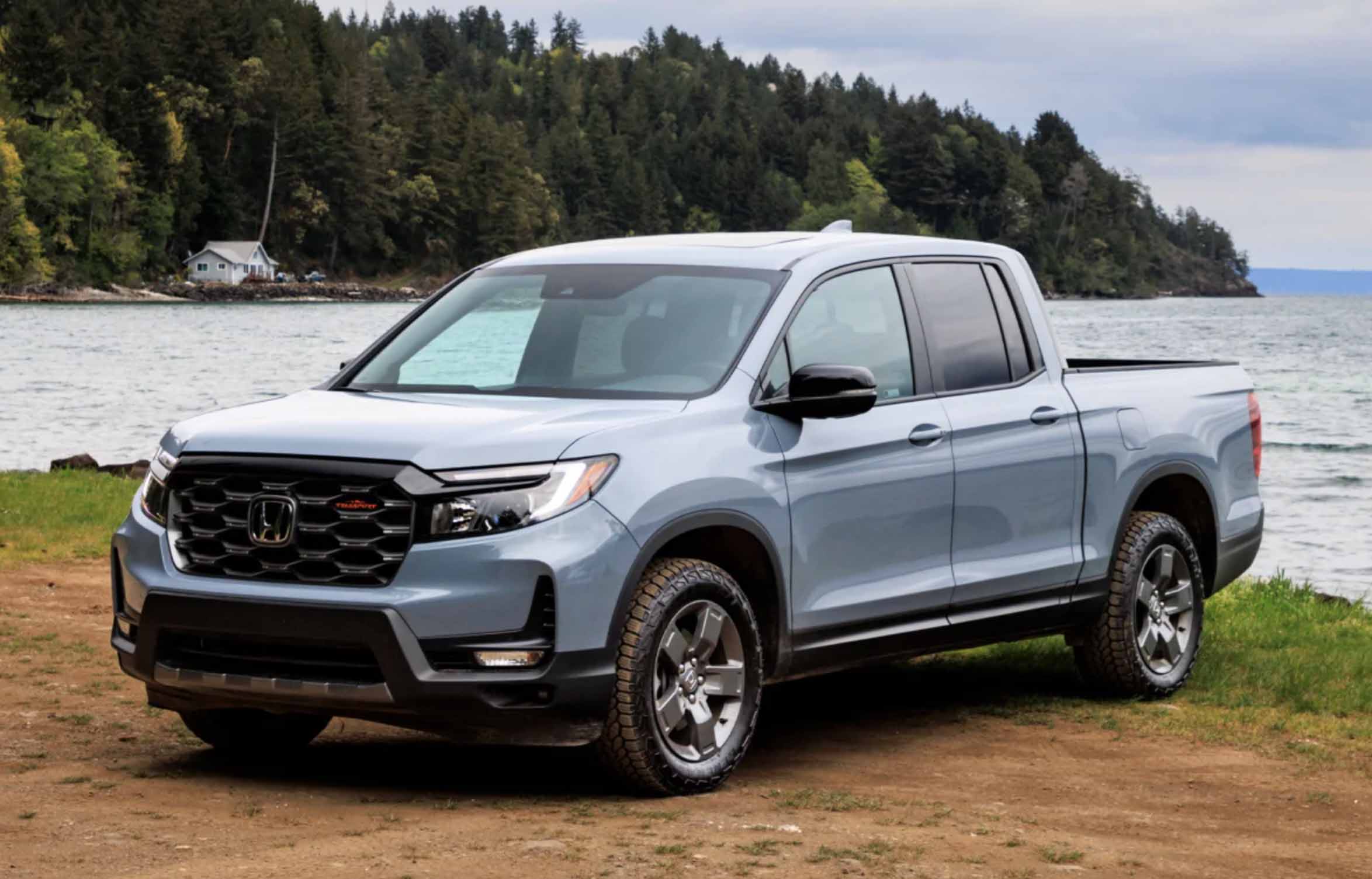

Honda’s research about a market for a “starter truck” twenty years ago has proved to be true, but sadly Ford is the one that’s reaping the benefits. The Ridgeline should have been the Accord of unibody trucks, but it’s always been the Insight. Could we change that?
My Truck Looks Bigger Than A Honda, Yeah Bigger Than A Subaru
I’ve heard some say that the Ridgeline’s higher price is what’s killing its chances in the market, but when the second-generation Odyssey appeared in 1999, it also cost more than most competitors, yet still sold in healthy numbers. No, I think it’s a lack of “truckness” that’s keeping customers away.
In some ways, it’s easier to determine what isn’t truckness as opposed to what it is. Looking at the latest Ridgeline, we can break down where it’s missing the boat, or the truck in this case.
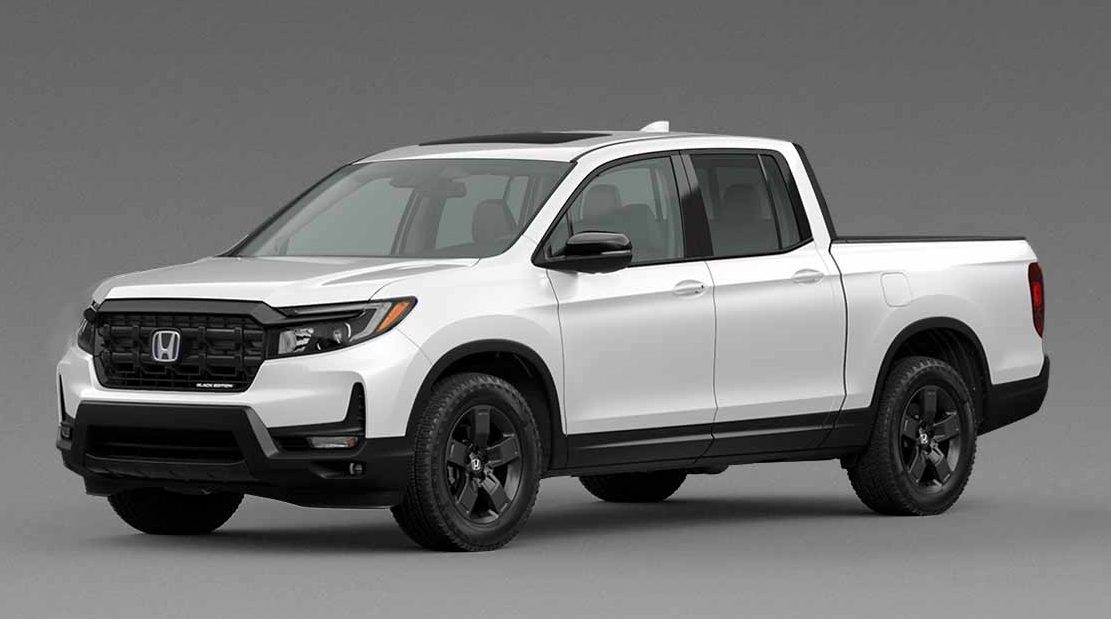
In a nutshell, the latest Ridgeline bears a lot of the design language of Honda’s crossover products. The swept-back nose with wraparound light clusters sit above a bumper with all of the fussy detailing associated with light-duty soft-roaders. On the sides, sweeping character lines combine with very subtle wheel arches. Even the door handles, which are a minor but highly tactile detail, seem very dainty and car-like.
Here’s my first pass of added truckness. I’ve kept the entire upper cab (greenhouse), basic profile and even the wheels the same to show the changes.
One thing that all of this simplification seems to do is make the Ridgeline transcend being a certain size; in a vacuum (metaphorical, of course), it’s hard to tell that it’s a little truck. For the Maverick, Ford was sure to keep the overall aesthetic akin to the big F-150. The Ridgeline in its current state seems to reference CR-Vs and HR-Vs; you immediately think “small SUV” when you see that face, and that’s not doing it any favors in terms of truckness.
Here’s the animation:
You could say these changes make the Ridgeline look even remotely retro or dated, as it really harkens back to a time, maybe twenty years ago, before trucks had absurdly fussy and massive-looking front ends and needless styling details. It’s a throwback to when trucks looked like functional work machines that were ready for you to add your own touches, or just leave bone stock.
That’s something some truck fans seem to be looking for. I could be wrong, but the sales figures prove that they aren’t looking at the Ridgeline, and they should.
Ford Knew A Good Idea When They Saw It
You have to feel for Honda; they saw an opportunity and went for it. It wasn’t like Ford that created the initial minivan concept and then sat on it (since the man whose last name was on the cars really hated the people who came up with the idea and fired them). No, Honda had the right idea, acted on it, and has persevered for decades with the unibody truck idea – but never connected with the buyers who were there all along.
When Honda replaced the rather odd, small first-generation Odyssey with the far more typical second-generation model, sales increased substantially; I think the same thing might be the case here. It certainly wouldn’t hurt for Honda to try something more traditional-looking. The next-generation Ridgeline is just around the corner, and one would Honda has learned from the past.
If the Toyota Tundra taught us anything, it’s that the Japanese brands might not meet the American buyers on the first try, but they eventually get there.



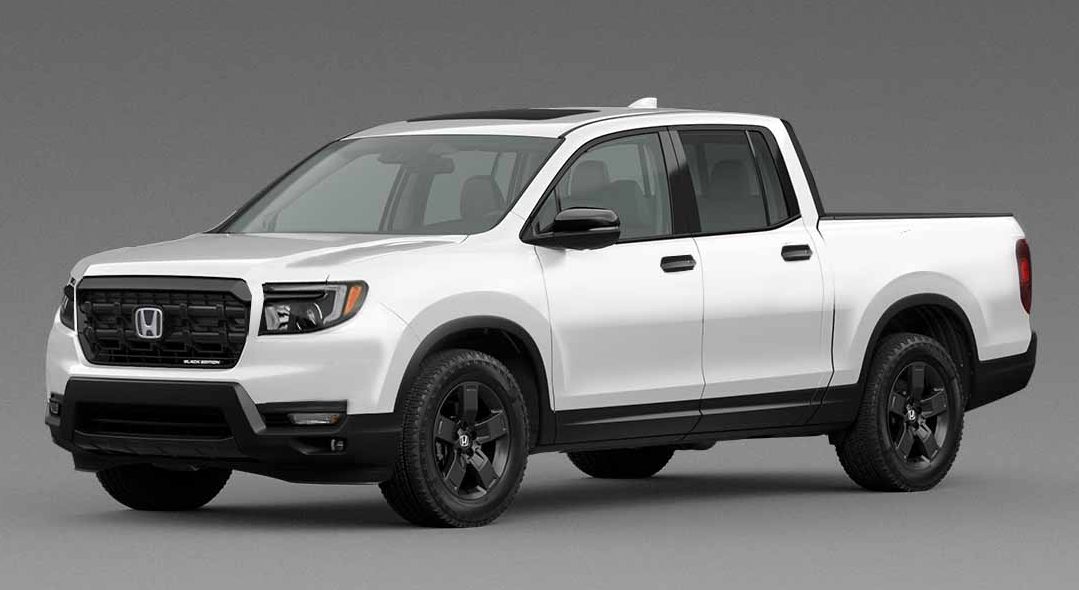






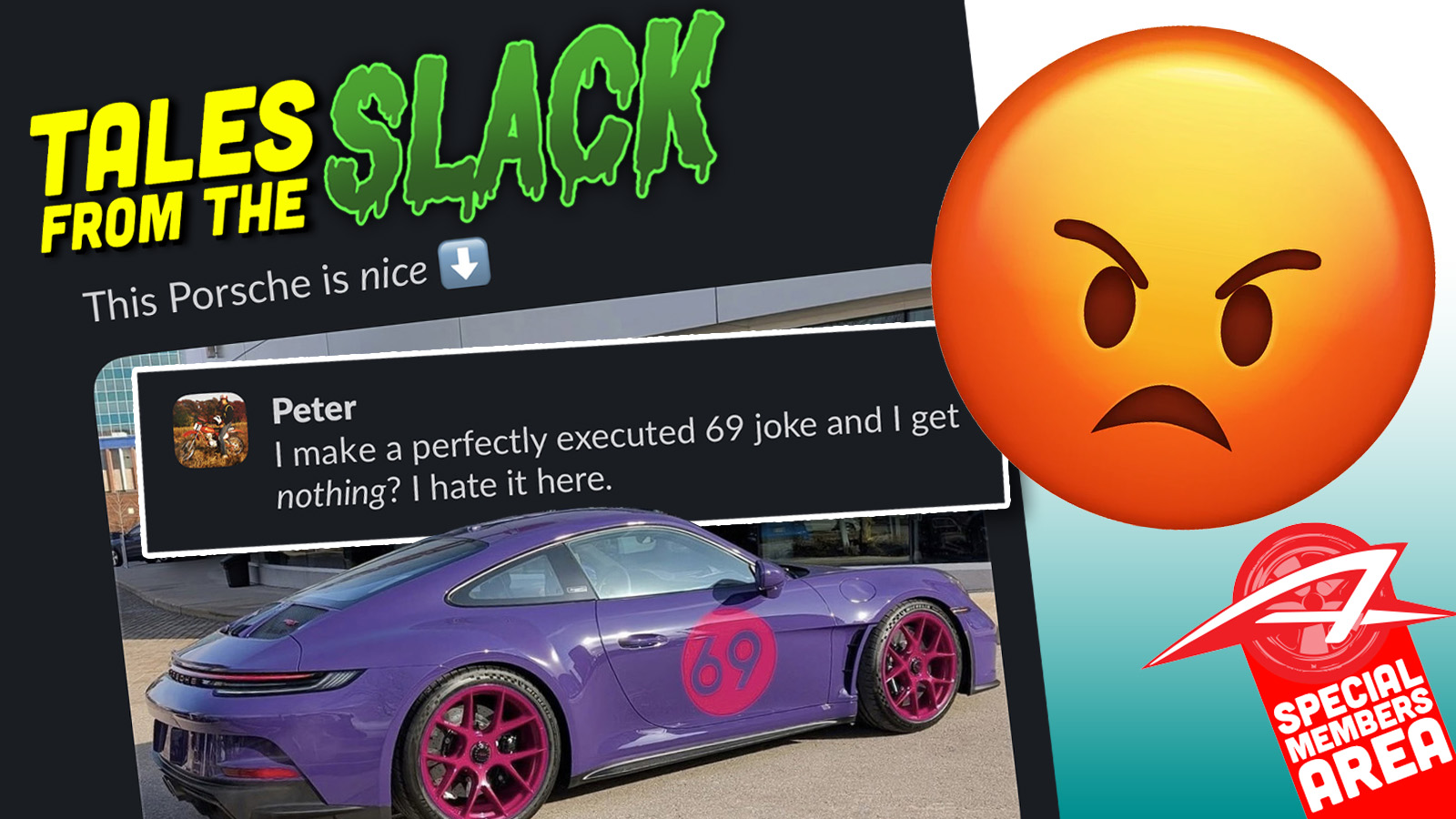
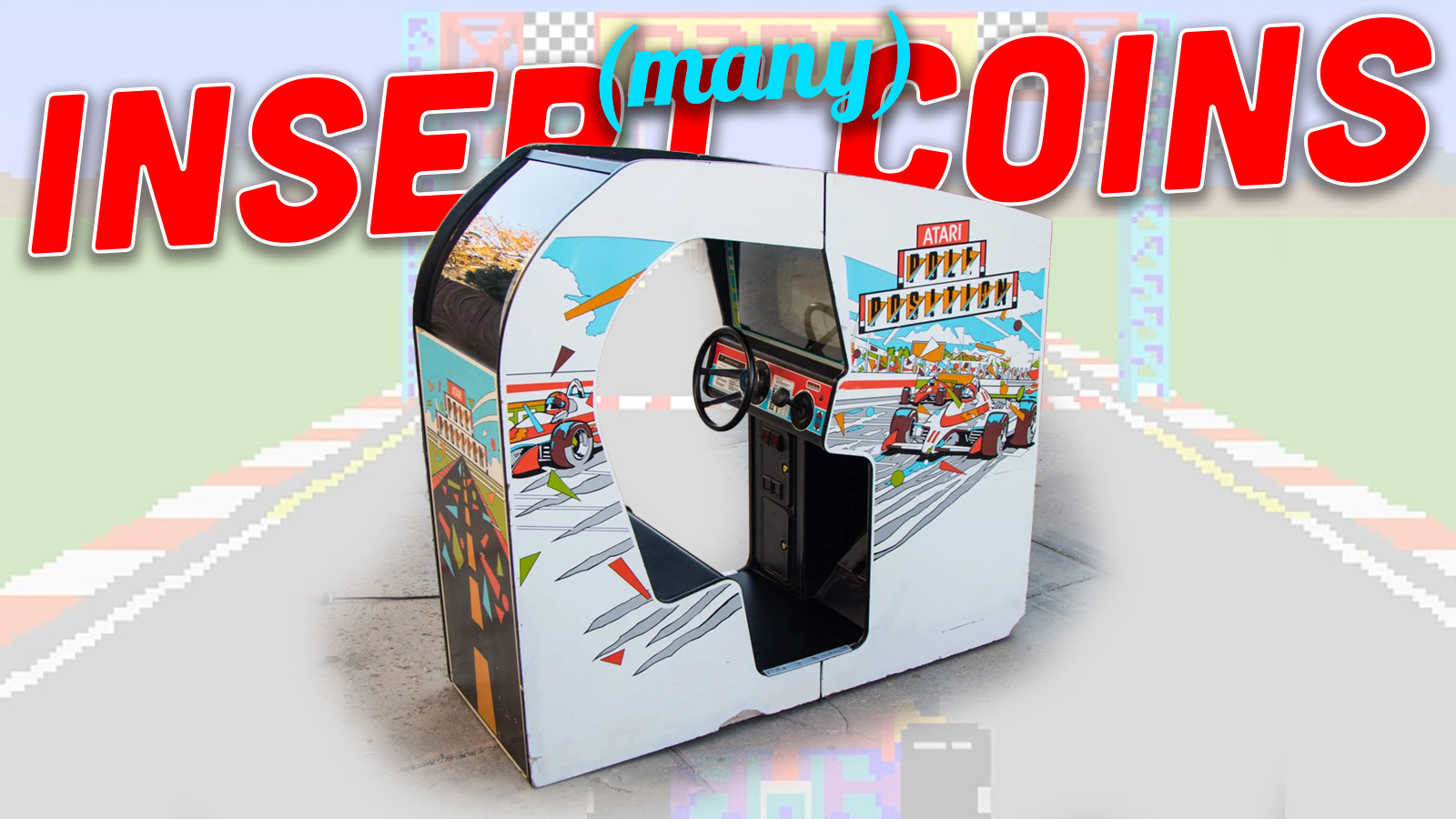
I’m in the minority here but the deal breaker on all “mid size” trucks currently available is the back seat just isn’t big enough so that 4 adults can ride comfortably for an extended period of time. Front seats are great but back seats are penalty boxes. The first two rows of the last-gen pilot on which the ridgeline is based are cavernous, so what happened? The bed length is already a sacrifice, so what’s another 3-4 inches to make the cabin rival a full size? At least be good at one or the other instead of suboptimal for both features.
I do not like the ideas and mockup here personally – Honda’s facelift was fine in making it more aggressive but there’s no tricking people into a Honda pickup since much of the derision stems from the non-negotiable nature of its construction which happens to also be its greatest strength.
I think whatever comes down the pipeline will be alright.
My personal issue with Honda’s crop of midsizers is the push button shifter and full-size width. (and the rest of the new midsizers have caught up too save for the Frontier.)
I don’t think dropping the cash on a unique BOF Ridgeline is a good idea either unless they can knock it out of the park on every front including price. You’re losing what makes it appealing to those who buy it currently and might not even draw buyers from the segment leaders in significant numbers. I can see Hyundai or Kia making inroads with a BOF pickup that undercuts the competition but it really depends on what comes out. I bet the Tasman will catch eyes but whether sales will have any staying power at whatever price it’s at is anyone’s guess.
We saw it a lot in video games the past 15 years. A popular series gets watered down/changed to target a “broader audience”. The original audience ends up being alienated and the broader audience keeps playing what they enjoy anyway.